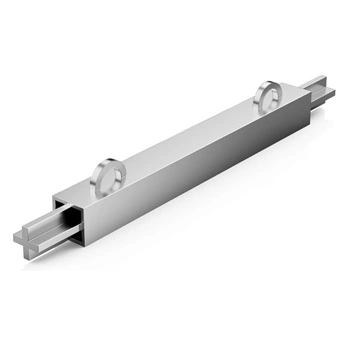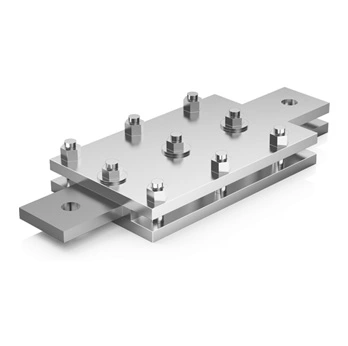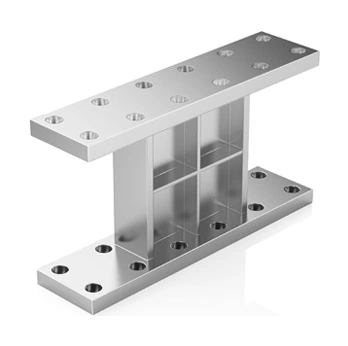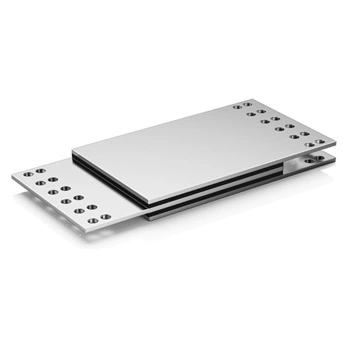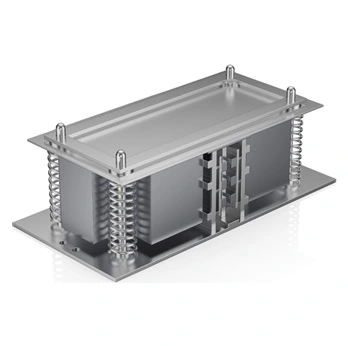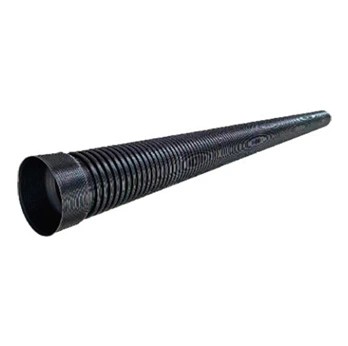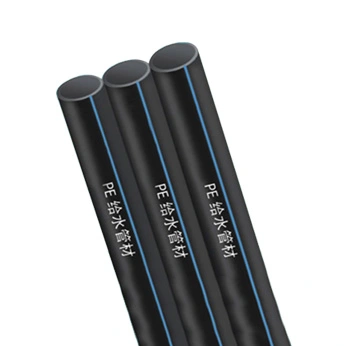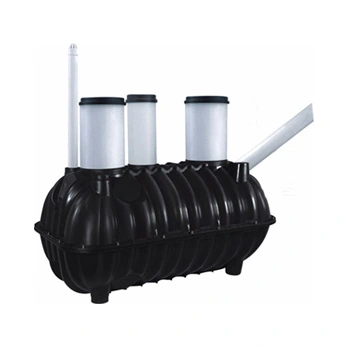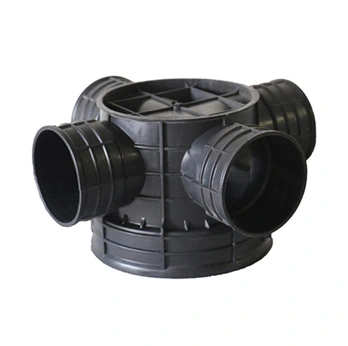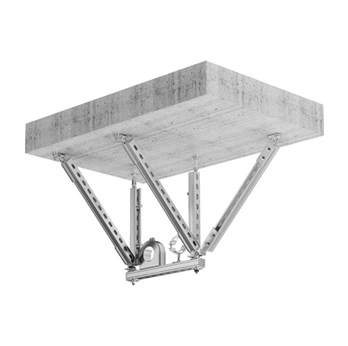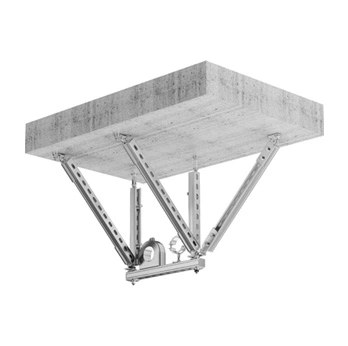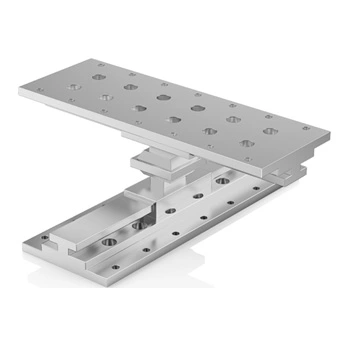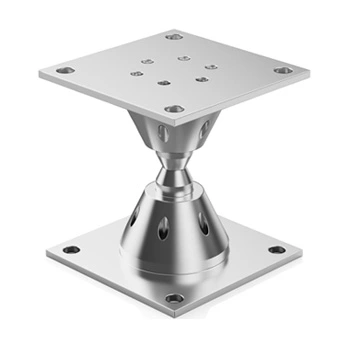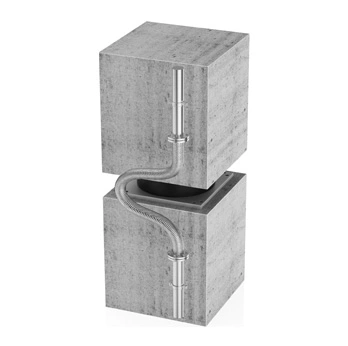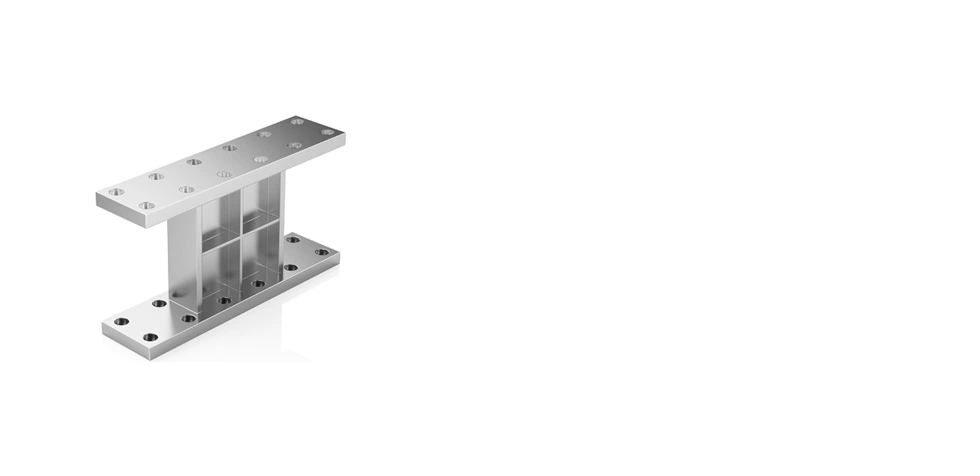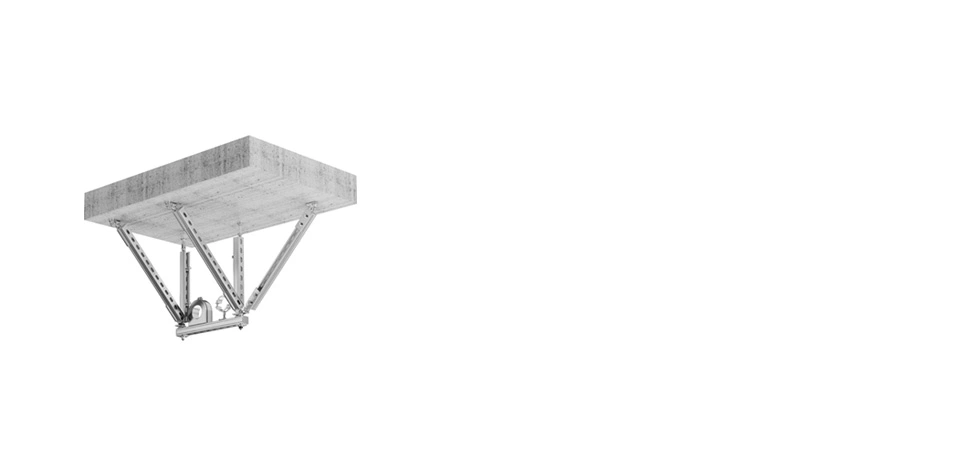In the ever-evolving landscape of architectural design, the quest for structural stability is paramount. As seismic activities continue to pose a threat to buildings worldwide, the incorporation of seismic isolators has emerged as a revolutionary solution. This blog explores the pivotal role seismic isolators play in building design, highlighting the essence of building isolation as a proactive measure against the unpredictable forces of earthquakes.
Understanding Seismic Isolators
Seismic isolators are innovative devices strategically placed within a building's structure to mitigate the impact of seismic waves. Acting as a buffer between the building and the ground, these isolators allow controlled movement, preventing the transmission of destructive forces to the structure. The concept of building base isolation, central to the effectiveness of seismic isolators, ensures that the structure remains resilient in the face of seismic events.
The Science Behind Building Isolation
To comprehend the significance of seismic isolators, one must delve into the science of building isolation. By implementing isolators at critical points in a structure, engineers can decouple the building from the ground motion during an earthquake. This deliberate separation ensures that the building moves independently of the shaking ground, reducing the seismic forces transferred to its components. Building isolation, therefore, becomes a proactive strategy in enhancing structural stability.
Brand Spotlight: Tiantie
Tiantie, a leader in seismic isolation technology, stands at the forefront of ensuring buildings are equipped to face the unpredictable. Their state-of-the-art seismic isolators are designed with precision, incorporating cutting-edge materials and engineering expertise. As pioneers in the field, Tiantie exemplifies the commitment to building for the unpredictable by providing reliable and effective seismic isolator solutions.
Advantages of Seismic Isolators in Building Design
Enhanced Safety
Seismic isolators significantly enhance the safety of buildings during earthquakes. By absorbing and dissipating seismic energy, these isolators reduce the risk of structural damage and ensure the safety of occupants.
Preservation of Structural Integrity
Building isolation through seismic isolators preserves the structural integrity of a building. This proactive measure prevents long-term damage, ensuring that the building remains not only standing but also functional after seismic events.
Minimal Disruption
The controlled movement allowed by seismic isolators minimizes disruption to building occupants during an earthquake. This aspect is crucial for buildings with critical functions, such as hospitals or emergency response centers.
Long-Term Cost Savings
While the initial investment in seismic isolators may seem substantial, the long-term cost savings are evident. The prevention of extensive structural damage translates to reduced repair and reconstruction expenses in the aftermath of seismic events.
Building for the unpredictable requires a proactive approach, and seismic isolators stand as the bedrock of this strategy. By understanding the principles of building isolation and the science behind seismic isolators, we pave the way for a more resilient and safer future in architectural design. With brands like [Brand Name] leading the charge, the integration of seismic isolators becomes not just a choice but a necessity in ensuring the foundation of structural stability withstands the forces of the unpredictable.
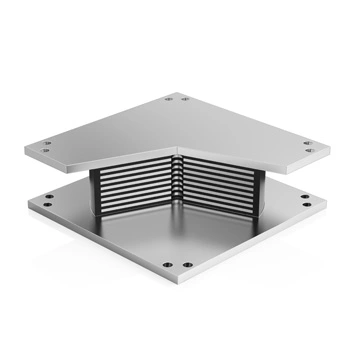 Natural Rubber Bearing
Natural Rubber Bearing
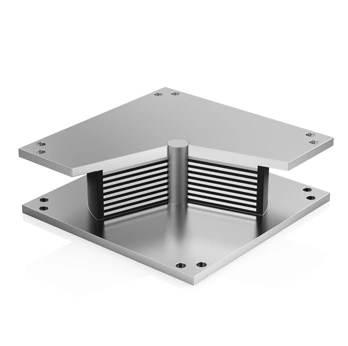 Lead Rubber Bearing
Lead Rubber Bearing
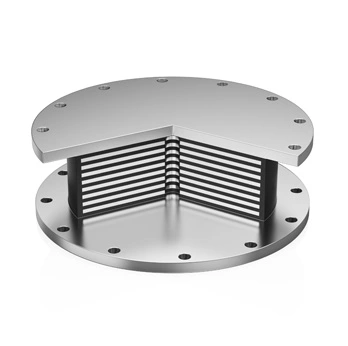 High Damping Rubber Bearing
High Damping Rubber Bearing
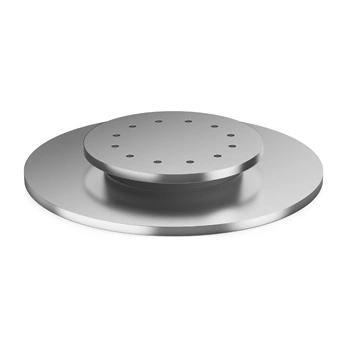 Elastic Bearing
Elastic Bearing
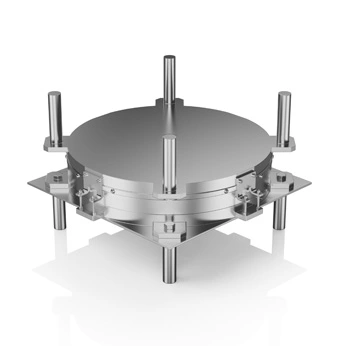 Friction Pendulum Seismic Isolation
Friction Pendulum Seismic Isolation
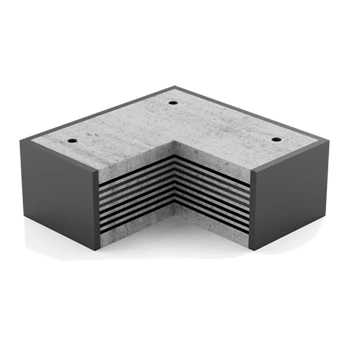 Simple Support For Village And Town Houses
Simple Support For Village And Town Houses


